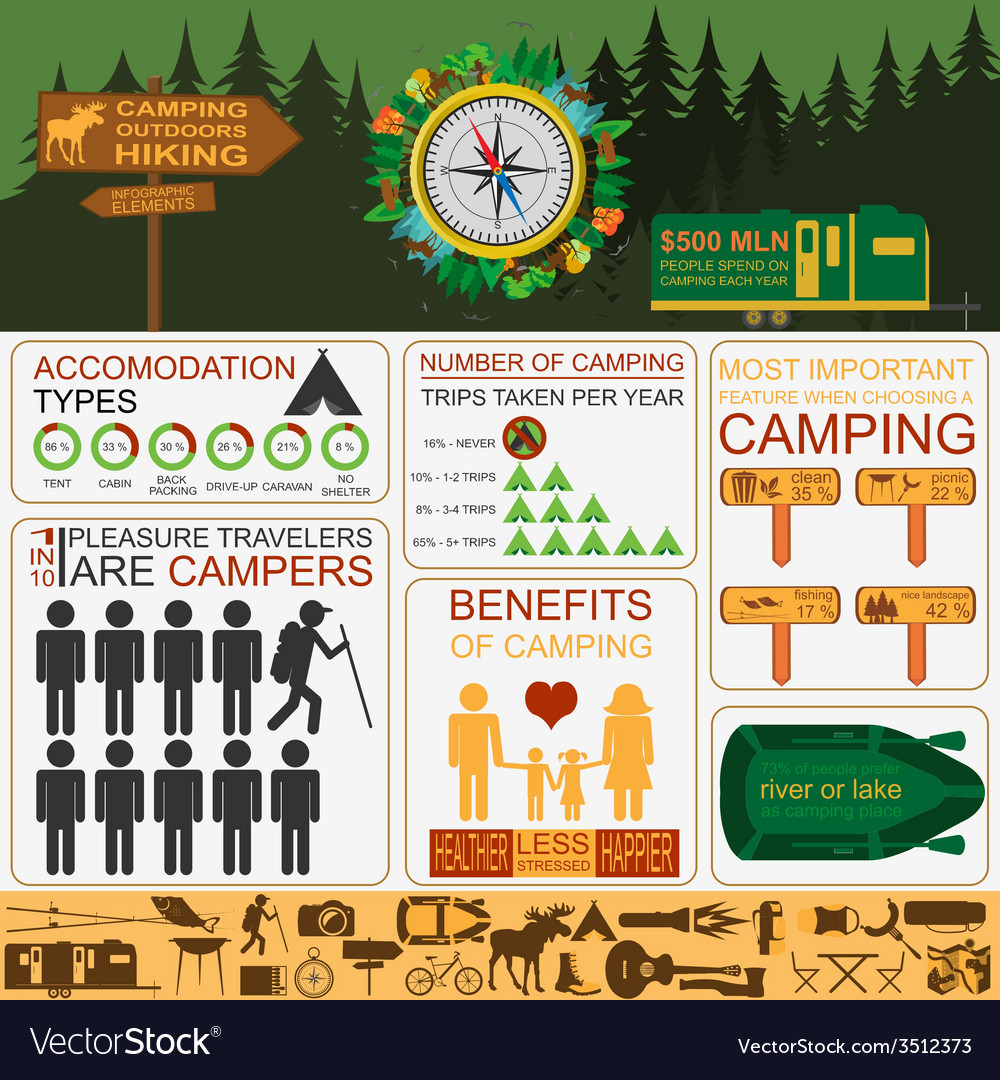The Importance Of Fire Extinguishers In Wall Tent Camps
Choosing the Right Risks for Person LinesFor ounce counters, risks are a prime area to economize. Most stake collections feature a stuff sack that makes them easy to pack and shield.
They can conveniently permeate softer, sandy dirts and want duff but deal with rocky surface. Their blunt ends take advantage of making use of a mallet.
Hook Stakes
Generally long needles with a factor on one end and a squashed head at the other, pin risks are basic but reliable. They work well in hard ground where it's tough to drive in longer stakes and do particularly great in rough surface, as the tip can work its method between hidden rocks. Some versions (like Sea to Top's Ground Control risks) have 3 notches for individual lines, which reduce leverage and enhance holding power.
A typical alternative to guard's hook risks, plastic energy risks generally have a Y-shaped shaft that won't twist in the dirt and often tend to be longer than hook risks. They're solid and sturdy sufficient for moderate use, though they are brittle if you try to hammer them into rock or difficult soil. They likewise need to be angled adequately to avoid the person line from slipping off if it comes to be relaxed gradually (knotting it around the shaft two times can assist). Length: Longer stakes small soil over a greater depth and volume, which can enhance overall frictional resistance.
Nail/Pin Stakes
Nail stakes have a pencil point for easy driving into clay, rock, or compressed soil. These risks are additionally extra durable than wood risks and do not splinter. They are typically used in construction, fencing, and erosion control jobs.
These stakes have 12 spirally arranged nailing holes one inch on center providing each stake with 24 prelocated nail entry factors making them easy to use and quickly to mount. This nailing design eliminates splitting, twisting and splintering improving employee safety and security and removing shed labor time.
They are generally made use of in concrete developing to protect lumber or metal concrete forms and in flatwork applications. They are additionally a prominent option for attaching screed bar holder secures in flatwork completing, string line guides, securing landscape timbers and checking risks. They are made from cool rolled united state made tool steel for added stamina and sturdiness. They have a typical life 2 to 3 times that of rivals hot rolled stakes.
V Stakes
Several outdoor tents risk styles exist, ranging from basic light weight aluminum and titanium rounded risks to carbon-fibre ones hunting tent developed for a range of surface. Picking the appropriate stakes depends on tent type, camp website area and ground density.
As any stake is driven into the ground, it displaces some dirt along its size. The displaced soil compacts the dirt promptly adjacent to the stake and aids to boost its strength.
Risks with a v-shaped random sample (like MSR's Ground Hog Y risks or Sierra Designs FL stakes) are much more resilient than hook stakes without adding much weight, and they also have a convenient notch for the man line. However, they may lack as much holding power in hard or rough ground. In such situations, angling the stake closer to vertical can assist. This maximizes the chance that a drawing force will certainly get to compressed layers of soil, boosting the risk's resistance to being taken out. In a similar way, longer risks pass through much deeper into the soil and increase general compaction.
Deck Risks
Essentially a thicker Y-peg, these stakes utilize an added flange to enhance area and boost holding power. While a good choice in loosened and sandy substrates, they do disrupt more dirt on insertion than much less intricate shapes. This can lower holding power in hard, dense ground - yet it's still a far better alternative than nails or pins.
A variant on the Y-stake, these risks have 3 notches for person lines to help in reducing utilize and can be beneficial in hard and rocky ground. They also often tend to be brief and light, making them a great selection for backpacking in rough terrain. The Sierra Layouts Ground Control risks are a fine example of this type, though there are numerous others on the market.
Like other risks that do not have a hook or man line notch, these will need to be angled sufficiently to stop the line from slipping off (as can take place if the line becomes slack). Knotting the line two times around the shaft can assist.
